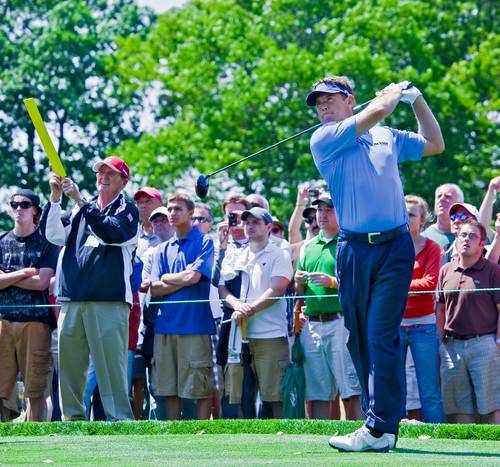The Functional Movement Screen (FMS) has been gaining popularity in recent years as a measure of physical ability and predictor of athletic performance. Trainers and coaches who use the FMS include everyone from private trainers to coaches working with professional athletes.
Has the relationship between the FMS test results and actual performance been proven, however? A recent study published by the Journal of Strength and Conditioning Research looked at this question. The FMS has been used as a predictor of sport-specific performance, jumping, sprinting, and agility capabilities. In other words, practitioners believe it can determine the athletic level of a client and, theoretically, spot exceptional athletes in the crowd.
The FMS measures abilities through a series of movements:
- Unloaded Deep Squat
- Hurdle Step
- In-Line Lunge
- Shoulder Mobility
- Active Straight Leg Raise
- Trunk Stability Push-Up
- Rotary Stability
These seven exercises were selected with the idea that they form the basis of more complex movements an athlete might perform. When conducted, the exam is administered by a trained professional who grades the examinee on a scale of zero to three for each movement, with the highest possible score being 21.
 Prior to the rise in use of the FMS, the standard measure of potential athletic performance was one-repetition maximum (1RM) strength exercises. The researchers in this new study decided to use both the 1RM and FMS evaluations with a group of 25 NCAA Division I golfers to determine which was best suited for predicting jumping, sprinting, agility, and sport-specific abilities.
Prior to the rise in use of the FMS, the standard measure of potential athletic performance was one-repetition maximum (1RM) strength exercises. The researchers in this new study decided to use both the 1RM and FMS evaluations with a group of 25 NCAA Division I golfers to determine which was best suited for predicting jumping, sprinting, agility, and sport-specific abilities.
The barbell back squat was used for the 1RM testing and standard procedures were followed for the FMS. In addition the golfers were tested for their vertical jump, 10- and 20-meter sprint times, agility T-test time, and club head swing velocity. These tests were conducted over three different sessions.
Findings:
- There was no correlation between the FMS and club head swing velocity.
- There were no significant correlations between FMS and any of the other tested events – sprints, vertical jump, or T-test.
- 1RM back squat showed a significant correlation to club head swing velocity.
- 1RM back swat also showed a significant correlation to all the other tested events – sprints, vertical jump, and T-test.
Based on these findings, researchers determined “the FMS score had no significant relationship to sprinting, jumping, or agility performance. In addition, the FMS score had no significant relationship to sport-specific performance.”1
The 1RM test, however, proved to be a useful predictor of athletic performance. Previous research conducted on 1RM evaluations backs up these findings. Researchers believe the 1RM is the better assessment because it actually measures the strength of the athlete. Older studies have shown a relationship between squat strength and club head swing velocity in golfers and also to sport-specific ability in tennis players.
In conclusion, researchers advised coaches and trainers not to use the FMS to assess athletes in regards to athletic performance. In this particular study, the 1RM squat test was a better determinant of potential.






